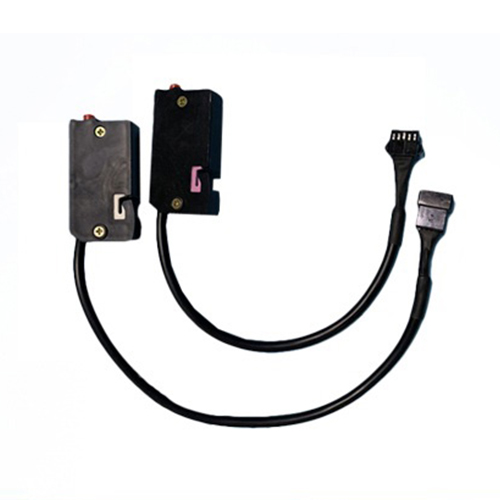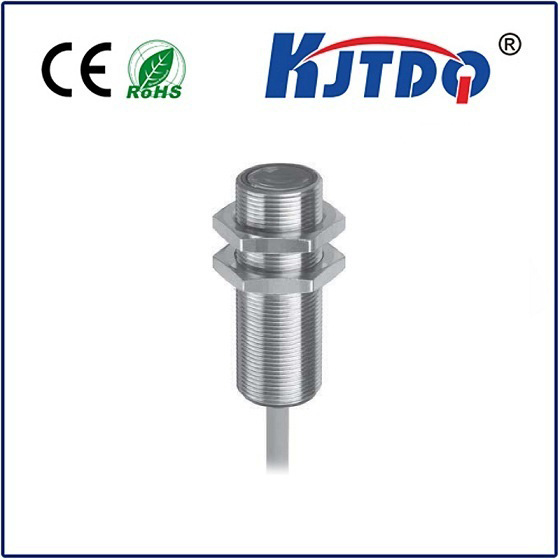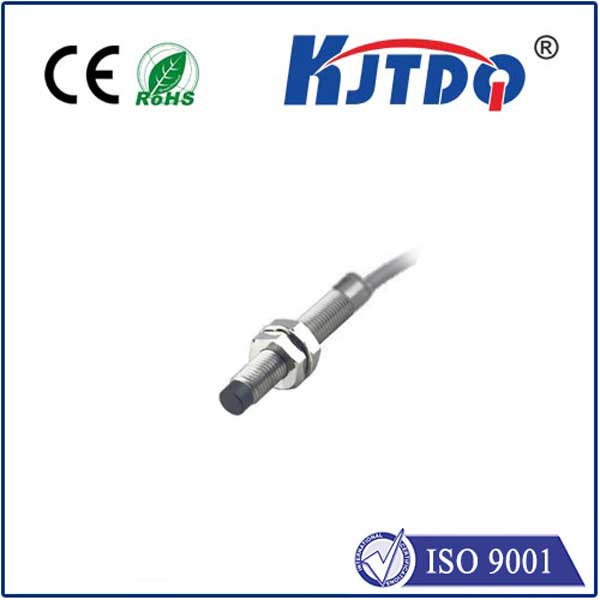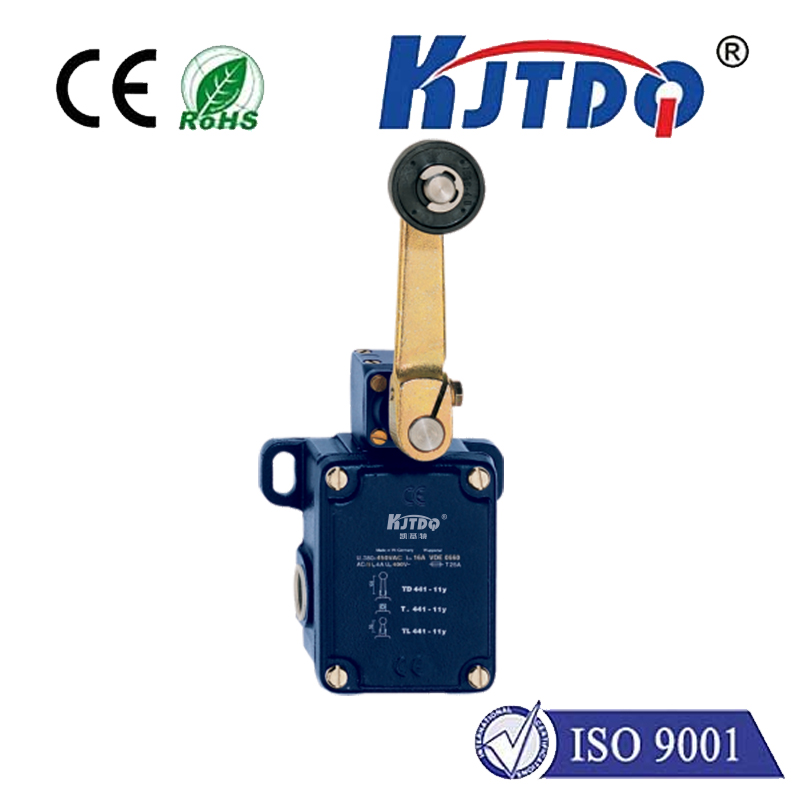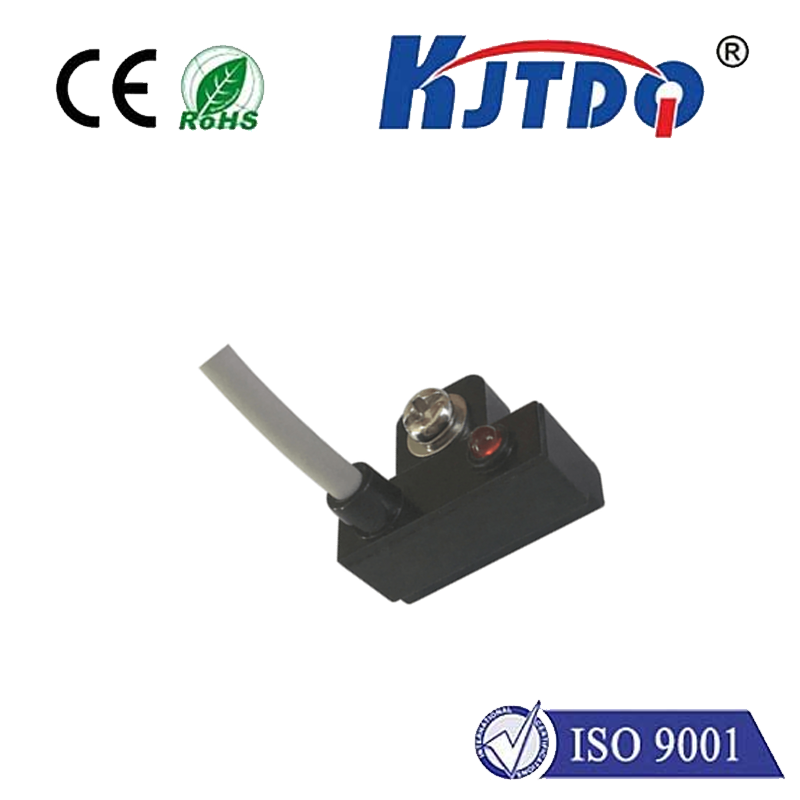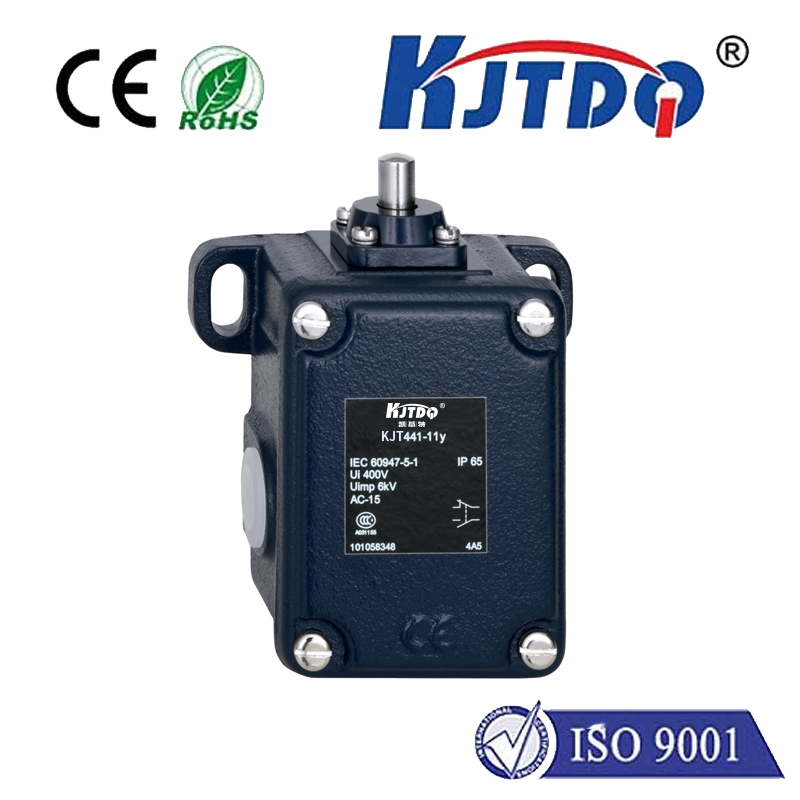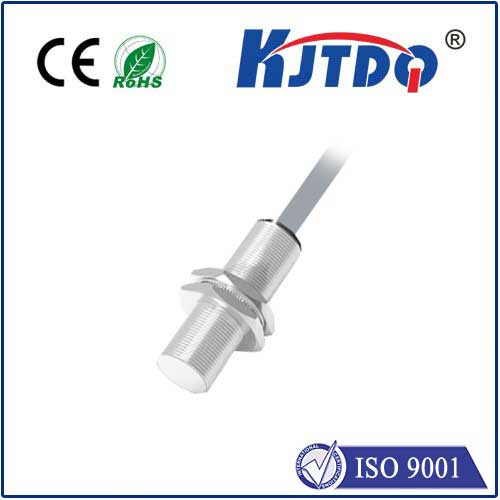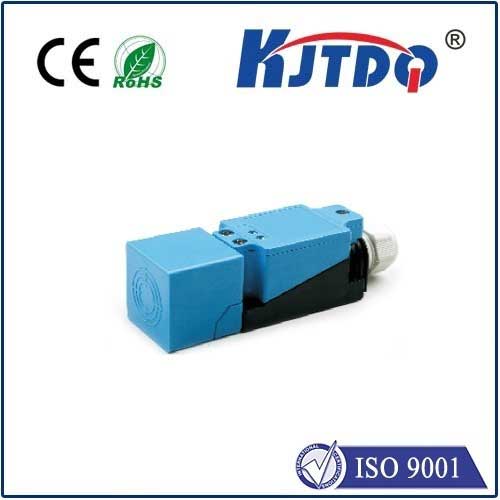laser sensor distance
- time:2025-09-11 03:25:57
- Click:0
Laser Sensor Distance: Precision Measurement in a Beam of Light
Ever needed to know exactly how far away something is, down to fractions of a millimeter, even if it’s moving, hot, or has an uneven surface? Achieving this level of accuracy consistently, without physical contact, was once a significant engineering hurdle. Today, the solution often arrives in the form of a focused beam of coherent light: the laser distance sensor. Understanding laser sensor distance measurement is crucial for countless applications demanding precision, speed, and reliability. This technology has quietly revolutionized industries, enabling automation and quality control at levels previously unimaginable.
The Core Principle: Measuring with Light
At its heart, a laser distance sensor, often called a laser displacement sensor or laser rangefinder, calculates the distance to a target by precisely measuring properties of a reflected laser beam. Unlike ultrasonic sensors or mechanical probes, laser sensors offer non-contact measurement, eliminating the risk of damaging delicate objects or influencing the measurement process itself. The two most common methods are:
- Time-of-Flight (ToF): This method is conceptually straightforward. The sensor emits a short, intense pulse of laser light and precisely measures the time it takes for that pulse to travel to the target and reflect back. Since the speed of light in air is a known constant (approximately 3x10^8 m/s), the distance is calculated using the simple formula:
Distance = (Speed of Light x Time) / 2. Modern electronics allow for incredibly fast and precise timing, enabling ToF sensors to measure over very long distances (even kilometers) and handle various surface types. They are common in surveying, logistics (warehouse automation), and autonomous vehicle navigation (LiDAR is a sophisticated form of ToF).
- Triangulation: This principle is highly effective for shorter ranges requiring high accuracy. The sensor contains a laser diode projecting a point onto the target, an optical lens, and a position-sensitive detector (like a CCD or PSD). The laser point is viewed by the detector from a slightly offset angle. As the distance to the target changes, the position of the laser spot shifts on the detector. Using basic trigonometric principles, the sensor accurately calculates the target’s distance based on this shift in position. Triangulation sensors excel at providing extremely high resolution and precision, often down to sub-micron levels, making them ideal for industrial inspection, assembly line verification, and 3D scanning.
Key Specifications: Choosing the Right Sensor

Selecting the appropriate laser sensor distance technology involves understanding key specifications:
- Measuring Range: The minimum and maximum distances the sensor can reliably measure. ToF sensors typically offer much longer ranges than triangulation sensors.
- Accuracy: How close the measurement is to the target’s true distance. This is usually specified as a value (e.g., ±0.1mm) or a percentage of the reading (e.g., ±0.05%). Triangulation sensors generally offer superior accuracy at shorter ranges.
- Resolution: The smallest detectable change in distance the sensor can report. This is often smaller than the overall accuracy.
- Spot Size: The diameter of the laser beam at the target. A smaller spot allows for measurement on smaller features or into narrow gaps but can be affected by surface texture.
- Response Time / Sampling Rate: How quickly the sensor can take and output distance measurements, crucial for dynamic processes or high-speed production lines. Rates can range from Hz to kHz.
- Target Surface: The sensor’s performance can vary based on the target’s material, color, reflectivity, and surface texture. Optical filters or special operating modes are often needed for challenging surfaces like transparent materials, black objects, or highly reflective metals.
- Environmental Factors: Ambient light, temperature fluctuations, dust, humidity, and vibrations can all impact performance. Industrial-grade sensors incorporate designs to mitigate these effects.
Laser Sensor Distance vs. LiDAR: Clarifying the Scope
While both use laser light for distance measurement, terminology can get fuzzy. Often:
- “Laser Sensor Distance” refers to single-point measurement sensors (either ToF or triangulation) used for precise distance determination at one specific location.
- LiDAR (Light Detection and Ranging) is a technology that typically uses a rapidly scanning laser beam (ToF principle) to build complex 2D or 3D point clouds of an entire environment. It’s essentially multiple laser distance measurements stitched together spatially. While LiDAR provides spatial mapping, a single-beam laser sensor excels at pinpoint distance accuracy at a specific point.
Where Precision Meets Application: Diverse Uses
The applications for laser sensor distance measurement are vast and growing:
- Industrial Automation & Robotics: Precise object positioning for pick-and-place robots, verifying component presence/height on assembly lines, controlling weld gun standoff distance, monitoring fill levels in tanks or on conveyors.
- Quality Control & Inspection: Measuring dimensions (thickness, width, height, diameter), checking part flatness, detecting warpage, verifying gap widths, inspecting solder paste volume.
- Material Handling & Logistics: Pallet dimensioning in warehouses, vehicle guidance systems (AGVs), warehouse inventory drones, collision avoidance.
- Construction & Surveying: Accurate distance measurement for layout, area and volume calculation (e.g., stockpiles), level monitoring, deformation tracking.
- Consumer Electronics: Autofocus enhancement in cameras, gesture recognition, simple tape measure replacements.
- Research & Development: Vibration analysis, structural health monitoring, precise positioning in experimental setups.
- Autonomous Vehicles: A core component of LiDAR systems used for environmental perception and navigation.
Unlocking the Potential: Advantages Galore
Why choose laser sensors for distance? The benefits are compelling:
- High Accuracy & Precision: Achieves measurements often impossible with contact methods or other non-contact technologies like ultrasonics.
- Non-contact Operation: Prevents damage to sensors or targets, ideal for moving, fragile, or hazardous objects.
- High Resolution & Speed: Capable of detecting minute changes rapidly, perfect for dynamic processes.
- Small Spot Size: Allows measurement of very small features or into tight spaces. Focused optical paths can achieve remarkably precise targeting.
- Versatility: With proper selection and configuration, can handle a wide range of materials and surface conditions. Optional integrated controllers simplify implementation.
- Long Working Distances: Especially true for ToF sensors, enabling applications over meters or even kilometers.
In a Beam: The Foundation of Modern Precision
Laser sensor distance measurement is far more than just a technological novelty; it’s a fundamental tool enabling modern precision manufacturing, automation, and countless other fields. From ensuring the perfect gap in a smartphone screen to guiding robots in vast warehouses or surveying earthquake-damaged structures, the ability to measure distance accurately, quickly, and without contact empowers innovation and efficiency. Understanding the core principles – the interplay of light speed (ToF) or geometric angles (triangulation) – and the critical specifications allows engineers and technicians to leverage this powerful technology to solve real-world measurement challenges reliably. Whether it’s a simple sensor checking part presence or a sophisticated system building a 3D map, the core task remains elegantly focused: determining laser sensor distance with remarkable reliability.






